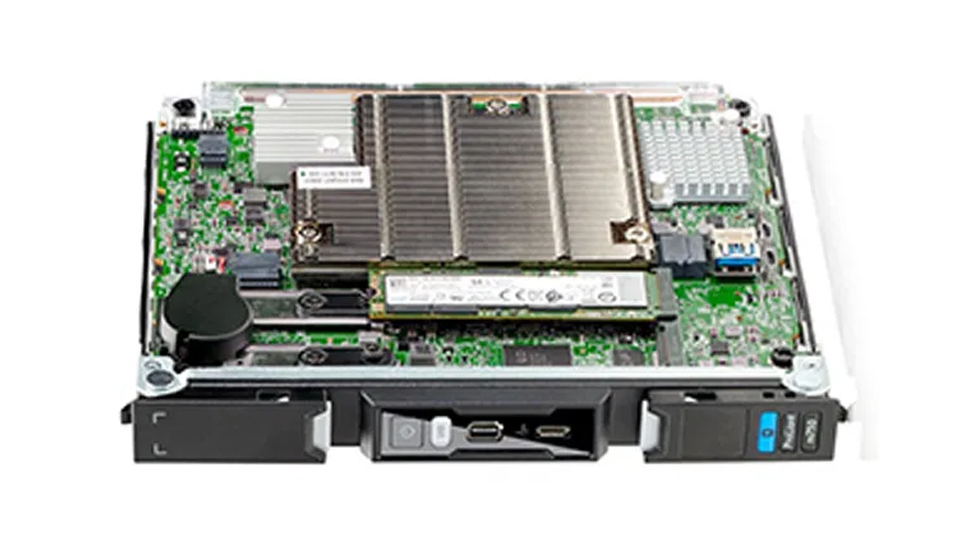Hewlett Packard Enterprise, HPE, has announced a series of initiatives to help customers and support business continuity in the wake of COVID-19. Recognising the growing need to deploy or scale remote workforce infrastructure to meet stay-at-home and social distancing policies, HPE is releasing a more powerful virtual desktop infrastructure solution, and offering flexible financing terms and new pre-configured solutions to increase flexibility and accelerate delivery for customers. HPE’s range of VDI solutions, advisory services and financing enable customers to rapidly design and tailor their VDI rollouts to meet users’ needs, keep their network secure and conserve capital.
Available now, HPE Financial Services is offering new, innovative financial and asset lifecycle options including short-term rentals and 90-day payment deferrals on VDI solutions. HPE VDI solutions are also available as-a-Service through HPE Greenlake to support customers who require financial flexibility in their remote workforce roll out.
HPE is also offering new, pre-configured VDI solutions to support small, medium and enterprise customers. Built on either HPE ProLiant or HPE Synergy servers, these solutions can start as small as 80 users and scale to over 2,000 remote workers and are designed for Citrix and VMware environments.
HPE also announced a new, higher-performing VDI solution to support power users working remotely. HPE Moonshot now ships with the new HPE ProLiant m750 server blade and delivers more than a 70% performance advantage and consumes 25% less power than the previous generation. In virtualised desktops and applications where density and efficiency are paramount, the new HPE ProLiant m750 server blade can support nearly 33%% more remote workers on 25% less power.
The new virtualised solutions can be easily accessed and managed virtually, to power a range of remote use applications in markets like banking, healthcare and education. These applications include electronic trading, telemedicine, support for remote workers in temporary medical facilities, and e-learning for digitised classrooms and curriculums. The remote support capabilities of HPE’s VDI solutions have been essential to customers recently, including a large banking institution in New York that is required by local government to have staff work from home during the COVID-19 pandemic, and a hospital chain in Switzerland that is expanding its remote IT staff to manage its infrastructure for critical medical systems.
HPE’s fleet of virtual desktop infrastructure and digital workspace solutions are built to deliver secure, efficient access to applications and data and are designed to support a wide range of user requirements across healthcare, government, financial services, education, manufacturing and retail.
HPE also offers a range of advisory and professional services to assist customers to design, deploy and manage their remote work force initiatives, and was recently recognised as a leader in IDC’s first Worldwide Digital Workspace Services Marketscape. With hundreds of digital workplace experts globally, delivering over 500 projects per year, HPE has deep expertise in helping organisations establish secure, reliable connectivity for remote workers, quickly implementing remote workplace options with partners such as Microsoft and Citrix, and enabling workforces to quickly adapt to remote workplace tools and practices.
“The urgent global response to COVID-19 has pressured our customers to rapidly implement and expand secure, remote work options for their organisations. I’m proud that our team at HPE is delivering a breadth of solutions, services and expertise to help our customers support their employees and operations during this critical time,” said Gerald Kleyn, VP and GM of Moonshot, Edge and IoT Systems at HPE. “Our infrastructure solutions, which provide industry-leading remote management, security, and automation capabilities, help businesses quickly deliver virtual workspaces to their remote staff.”




